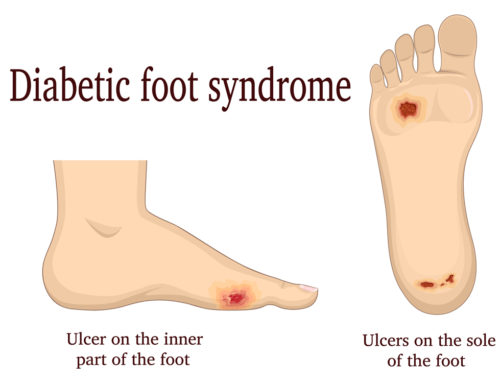Fracture Exercises: 4 Things You Should Never Do
A fracture can take anything between a couple of weeks to more than months or longer to repair. Though, during this recovery period, avoiding all forms of activity isn’t the best course of action. A medical professional will most likely recommend physical therapy and fracture exercises so that you can regain your previous strength.
While these exercises can play a key role in the rehab process, it’s best to get professional assistance. This will help to avoid further damage. A trained physical therapist will also know which gentle strengthening exercises to include to avoid that the joint of the affected area gets moved incorrectly. Your physical therapist will also advise when you can start exercises.
Fairview Rehab in Queens, NY understands the unique needs and offers rehab therapy for sports, workplace, and other injuries.

Fracture Exercises Red Flags
Not only does regular exercising play a key role in a healthy lifestyle, but it can also help with the healing process. Though, for exercises to have the healing touch, you’ll need to incorporate the right type of exercises. Here are examples of exercises that are generally not conducive for fracture healing and warning signs not to ignore.
1. Never exercising incorrectly
Fracture exercises should be performed as prescribed by your physical or occupational therapist. As mentioned, high-impact exercises like jumping or running, should be avoided. In the case of patients with osteoporosis, it can actually lead to new fractures in weakened bones.
Exercises that use slow, controlled movements are preferred. Your therapist will probably rule out any quick, jerky movements like twisting too.
You’ll also want to avoid exercises that can pose a higher risk of falling. The last thing you’ll want is to experience another fracture while you’re recovering from a current one.
2. Never push through sharp or severe pain
The fracture exercises will likely be somewhat painful initially. However, if you experience sharp or severe pain, you should stop. Pushing through this pain isn’t an example of bravery and pausing the activity is no sign of weakness.
Rather think of it as a warning sign that something in your body isn’t functioning as it should. If you ignore it, you can make it worse which can further restrict your ability to perform everyday activities. Aside from stopping the particular exercise or activity, it’s also best to bring it to the attention of a medical professional.
3. Never ignore swelling
Similarly to pain, swelling can also be an indication that something is wrong, especially when it’s associated with a sharp pain. While inflammation is a way that the body heals itself, persistent pain or swelling that returns can be an indication that the area is experiencing continued injury.
4. Avoid excessive weight bearing while exercising
Basically, you’ll want to avoid any movements that will place too much stress on your fractured bones.
Low-impact exercises can still give you a good workout without you having to worry that you could worsen the fracture. Depending on the injury and patient, swimming or water-based exercises can also be a good choice for fracture exercises. The reason for this is that water offers resistance, but reduces the pressure on other body parts.
This article contains informational and educational materials and does not replace health or medical advice. For questions or concerns regarding your medical condition or health objectives, speak to a qualified physician or healthcare provider.






Leave A Comment